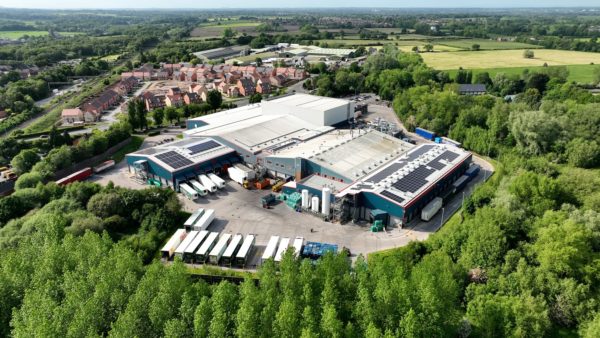Supermarket chain Morrisons is using digital twin technology from IES to decarbonise its 4,500 sq m food production facility in Winsford, Cheshire.
The company claims the initiative is a first for the retail sector.
Myton Food Group, the wholesale manufacturing arm of Morrisons, said the digital twin will help the company achieve net zero in operations (scope 1 and 2) by 2035. This would be ahead of the wider food and drink industry’s target of net zero by 2040.
Climate technology firm IES has developed a digital energy model of the site using a virtual environment that provides detailed information on the building fabric, layout, HVAC systems and occupancy profiles. The model is then fed metered data from the factory to create a performance digital twin of the entire facility.
The performance digital twin can be linked to IES’s energy and carbon management platform and used to forecast the effectiveness of various energy and carbon conservation measures. These can range from simple operational adjustments, such as changes in control setpoints, to more intensive retrofit measures or deployment of renewables on site.
According to IES, the Winsford digital twin is projected to achieve “significant energy and cost savings” against 2022 figures. Although initial savings targets are in the 5% to 20% range, IES anticipates these will rise over time as further energy conservation measures are implemented across the site.
Don’t miss out on BIM and digital construction news: sign up to receive the BIMplus newsletter.
This article first appeared on Construction Management
The post Supermarket giant targets decarbonisation via digital twin appeared first on BIM+.


